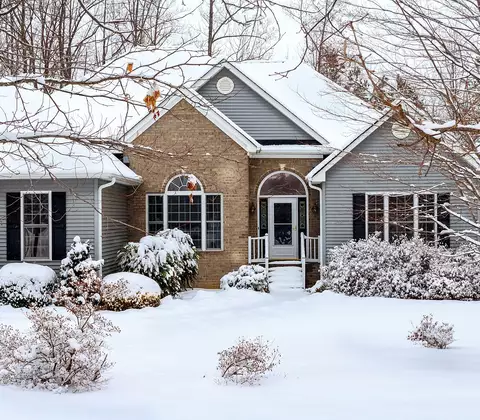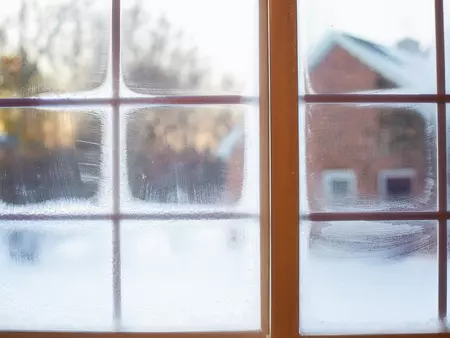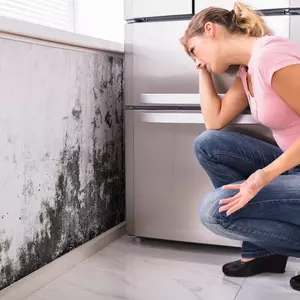
Ventilating properly in the winter
Prevent mould and save energy
Poor ventilation can have a negative impact on the energy efficiency of your home, in addition to providing an excellent environment for mould. Air humidity and your indoor environment have a significant impact on the efficiency of your heating system. There are a number of attractive subsidies available for modern heating and ventilation systems, which can also improve efficiency. Find out how to ventilate your home properly in winter without losing valuable heat.
Moisture is the enemy
Mould loves a damp and wet environment. The warmer the air, the more moisture it can hold. Hot, damp air can be unbearably humid in summer and can make you sweat much more than you otherwise would.
The walls of our homes aren’t particularly fond of moisture either. The moisture in warm air can condense on cooler walls, windows and other surfaces, inevitably leading to mould.
Ventilating properly in the winter
We have to keep our homes warm in the winter, so opening the window isn’t particularly energy-efficient. However, ventilating properly in winter can help retain as much heat as possible while also making sure that air is exchanged efficiently.
A lot of people make the mistake of keeping their windows slightly open for long periods of time. This significantly slows down the speed at which air is exchanged, while giving heat a perfect route to escape. This is particularly true for windows placed directly over radiators. Opening your windows wide for short periods of time is much more efficient and is the best way to exchange air quickly in your home.

Intermittent ventilation
- Open your windows or doors as wide as they will go to maximise the amount of air that can be exchanged.
- Doing this for around 10 minutes twice a day will be enough for most rooms.
- You can use a cross breeze or draft to make this even more efficient. Do this by opening windows at opposite ends of a room.
- If a room doesn’t have windows at opposite ends, you can open windows and doors in other rooms to get rid of moisture quicker.
- If you live in an older building which isn’t that well insulated, five minutes will probably be enough.
The right way to heat your home
Ventilating and heating your home properly in winter will save energy and provide a healthy indoor environment. Instead of constantly fiddling with the thermostat, try and keep your heating at a consistent comfortable temperature throughout the day.


